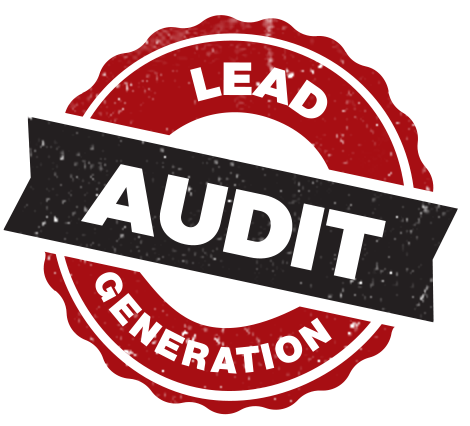Give Your Customers A Super Special, “Personalized” Perk
And Watch Their Excitement, Loyalty, And Profitability Soar.
Written by Rich Harshaw.
The Psychology Of The “Wink, Wink” Deal: Don’t be freaked out by the terms, but something called “Endowed Progress” and “Artificial Enhancement” could mean improved customer loyalty and marketing results for contractors.
Researchers from the Wharton School of Business discovered that they could increase a customer’s participation in frequency programs by simply giving them a head start.
Case in point: A car wash required eight purchases and punches on a card to earn a free car wash. They discovered that when they gave a customer a card with two out of ten required punches already “pre-punched,” that thirty-four percent would persist with the program and complete the additional required eight punches. Contrast that to those who were given a card that only required eight punches in the first place—the same number as required on the other card—but with ZERO freebies. The final redemption rate plummeted to a mere nineteen percent.
Holy mackerel!
There are several reasons why this head start story works. One is that “endowed progress” (their term, really) makes people think “hey I’m already 20% of the way done, I might as well keep going.” The other has to do with the psychology of the “wink, wink” deal, which simply states that people act differently when they think they’re getting a special, personalized favor.
My friend David used to exploit this in his business when he’d tell his favorite prospects that the contest on his website had a programming error, and that if they’d hit their back button on their browser, they could enter the contest as many times as they wanted without having to re-enter their information. “You can enter that contest two or three hundred times in a minute if you can click fast enough… and you’re almost for sure going to win something in our weekly drawing.” Sure enough, he’d track the prospect entering the contest two or three hundred times, and surprise! They’d win a $100 Outback Steakhouse gift card. Wink, wink.
Bottom line is this: everybody wants a win. Everybody wants a head start. Everybody wants an inside deal. So give your prospects a win, a head start, and an inside deal.
The Psychology Of The “Wink, Wink” Deal, Part 2: Turns out, giving customers (what they perceive to be) preferential treatment works in all kinds of situations. Take the case of waiters using candy to increase their tips.
First, the expected stuff: According to Monmouth University researcher David Strohmetz, waiters can increase their tip by giving customers a piece of candy with their check (19.59% average tip vs. 18.95% with no candy). They can increase their tip even more by doubling up and giving two pieces of candy: 21.62%.
But here’s the twist: Strohmetz found that the tip could be increased even more by first giving a single piece of candy, then after turning to leave, turning back around, and offering a second piece of candy. This artificial drama evidently makes diners feel like they’ve received special treatment—something ostensibly outside of the normal candy-giving protocol—which was rewarded with an average tip of 22.99%.
Think about that for a minute. First of all, if I’m a waiter, I’m headed straight for Costco and loading up on Andes mints. They only cost six cents each, and on a $50 check, the double mint-fake out is worth an extra $2.02 in tips.
Second of all, there has got to be some application for this in your business. Alas, that’s what I’m here for:
- A magazine advertising sales rep could offer a 2nd, smaller ad to be run in the back of the publication for free. KEY: wait until after the customer signs for the first ad, THEN give the free ad as an unexpected thank you gesture.
- In contractor marketing, a siding sales rep could ease an indecisive prospect into a decision by pulling a $250 gift card (for his company) out of his wallet and saying, “We had five of these to give away in a drawing at the home show last weekend, but this one went unclaimed. My boss gave it to me and said to give it to anyone who’s ready to buy—we were going to give the discount to someone anyway.”
- An upscale hotel clerk could give his customer a little lift after handing the room keys by offering a bottle of water with the explanation of, “there’s water in your room, but it’s like $4 a bottle; I found a couple extra bottles up here… if you want one, it’s yours.”
- A lawn service company could unexpectedly knock on a customer’s door and ask them if they’d like a flat of flowers that were “left over” from another job planted in their beds.
This isn’t rocket science. Just find something that you can GIVE to your customers for free that appears to be done as a special favor, and watch their reaction. They’ll become more loyal. They’ll talk you up to their friends which will lead to referrals. And they’ll just plain like you more. Heck, you might even get a tip.
Wink, wink.
© 2014 – 2016, Rich Harshaw. All rights reserved.








